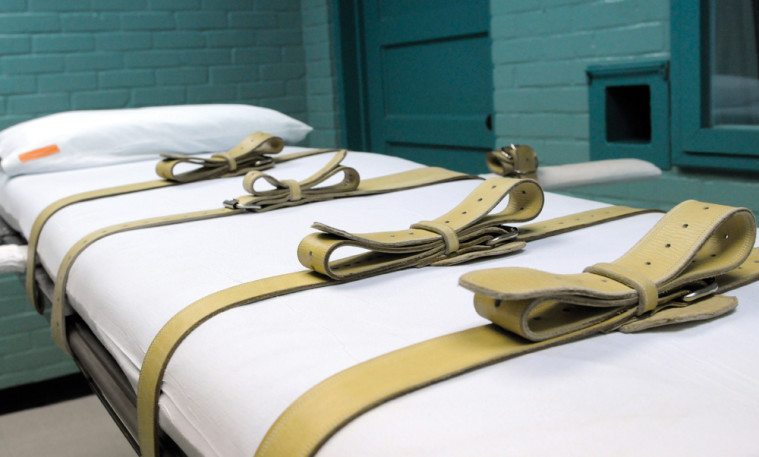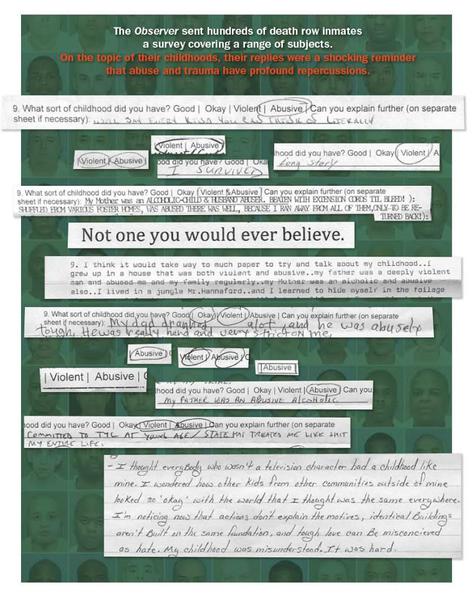
Juan Ramirez grew up in poverty in the Rio Grande Valley, in a neighborhood infested with drug-and gang-related violence. By the age of 10 he’d started smoking marijuana and using inhalants. Within a couple of years he’d moved on to cocaine. By his middle teens he was drinking alcohol and smoking weed daily. A game he and his friends used to play in the Valley, called WAWA, involved spraying paint into a bag, sealing the lip around their mouths, and inhaling the fumes to get high.
Ramirez is the middle of five children and, according to court documents, his mother and father were alcoholics who disciplined their kids by whipping them with belts, clothes hangers, shoes—even tree branches. The severity of those beatings depended on the parents’ moods. Consequently, Ramirez spent most of his time playing outside in the street.
Inevitably, perhaps, he dropped out of school, became a drug addict and spent time in Texas Youth Commission facilities for juvenile offenders. But it was a single incident in 2003 that sealed his fate. One night in early January, 11 masked men burst into a small house in Hidalgo County to steal marijuana. By the time they left, six members of a rival drug gang in the house were dead. Ramirez was just 20 years old and the youngest of those the police said were responsible. Although he wasn’t identified as the gunman, under Texas’ law of parties, prosecutors successfully sought the death penalty.
For the uninitiated, the law of parties holds that if a person “solicits, encourages, directs, aids, or attempts to aid the other person to commit the offense,” then he or she is criminally responsible for the conduct of the other person. Of course the law can be applied inconsistently—and it often is.
For more on this article (part 4 in a 4 part series) in the Texas Observer by Alex Hannaford please see this link: http://www.texasobserver.org/l...ow-childhood-trauma/



Comments (0)